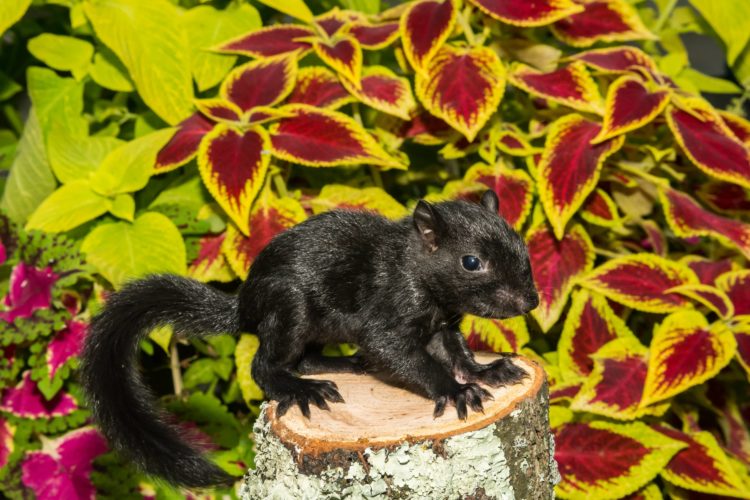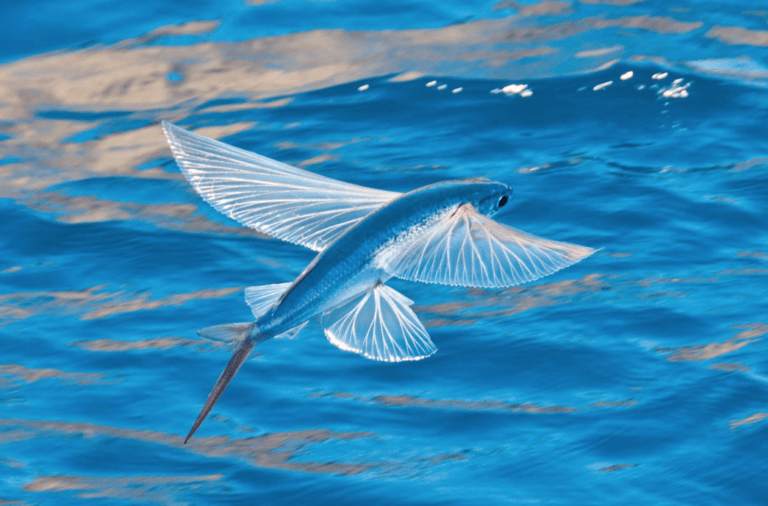By Jim Knox

“A black Squirrel!” my colleague called out from the passenger seat, bringing my attention to the small mammal just off the exit of the Merritt Parkway. Though the species was common, the coloration was anything but common within that multi-town range. With no way of turning around, I had to be content knowing there would always be a next sighting, and she had to be content with a fleeting glimpse of a most remarkable little creature.
The Eastern Gray Squirrel, Sciurus carolinensis, is one of the most common mammals in Eastern North America yet, it is also a creature that guards its secrets as well as it guards the location of its buried food. For one, although it is known as a “gray” squirrel, this arboreal mammal exhibits mutations resulting in melanism (an overabundance of melanin pigment giving the animal a black-furred appearance), albinism (a lack of melanin pigment giving the animal a white-furred appearance), and even cinnamon-colored individuals. More rarely, certain squirrels at Connecticut’s Beardsley Zoo exhibit leucism (a form of albinism in which some pigment is expressed—often in the eyes), resulting in blue-eyed, whitish-furred squirrels! Typically, these tree squirrels exhibit light gray fur along their flanks and backs with whiteish fur on the belly and around the eyes, hints of buff along their cheeks and sides, and a light eye ring with a silvery frosted tail. Reaching approximately 20 inches in length and 1.5 pounds in weight, they sport a small and light frame for life high above the forest floor. As a prolific animal which can produce up to two litters a year of up to nine young, the Gray squirrel tips the scales in favor of survival from sheer abundance alone. Coupling this abundance with an average lifespan of more than six years, which exceeds longevity for many other rodent species, the Gray squirrel is well represented in the forests of Eastern North America.
Early explorers of the North American continent remarked as to the “dense forests that stretched from the rising sun to the setting sun.” This domain of oaks, maples, hickories, and other hardwoods provided key habitat and forage for these herbivores. In fact, it has been stated by these early explorers that a squirrel could travel from branch to branch from the St. Lawrence to the Gulf of Mexico, and from the shores of the Atlantic to the Mississippi without ever touching ground. While it may have been scientifically possible, the Gray squirrel’s home range of 1-25 acres makes these small mammals much more localized.
For those of us who have experienced these acrobatic creatures stealing bird food from our feeders, or gnawing their way into our sheds, or even attics, they have earned the title, “bandit” or “pest.” It is this common “wildlife neighbor” status that leads us to overlook their impressive attributes. Consuming insects and other animal matter when opportunity arises, these resourceful creatures supplement their diets and boost much needed calories for energy storage. While the squirrel requires forests for food and cover, the forests rely on the squirrels for reforestation. Employing scatter hoarding behavior to store buried nuts, fungi and other foods, these busy rodents may store hundreds, or even thousands of food caches throughout their territory. The net effect of this behavior is food for a rainy (or snowy) day. With a keen sense of smell, these industrious mammals revisit their buried hoard with great accuracy, even detecting nuts hidden beneath more than a foot of snow! With Gray squirrels losing up to 25% of their stored food to other species, their fellow mammals, birds, and other species benefit from the excess. Yet, these nimble rodents have a trick or two up their sleeves.
Accounting for such “thievery” Gray squirrels will employ a practice known as deceptive caching. Researchers at Central Connecticut State University have uncovered fascinating findings which confirm that the squirrels will vigorously dig a hole, hold a nut in their teeth and place their head within the freshly dug hole while concealing the nut before covering up the empty hole and pulling leaf cover over it—as if they had buried an actual nut! By interspersing deceptive caches with actual caches, they protect their effort and trick the tricksters. Clearly, there is a lot going on in their little heads. Acting like a mammalian Johnny Appleseed, the squirrel’s behavior results in the enhancement of fungi species diversity, improved soil health, the spreading of fruit and nut producing tree species, and forest regeneration.
When considering this wild neighbor, I reflect on what we humans can learn from them. While they can at times be considered a “pest” or a “nuisance” I think it’s fair to say that we humans have our moments too. When we consider their other attributes however, they have much to offer us. They exhibit undeniable intelligence, planning, industry, adaptability, and even contribute to the health of the world around them. It’s said that from gray, comes wisdom. From what I’ve seen from our forest neighbors…I am inclined to agree.




